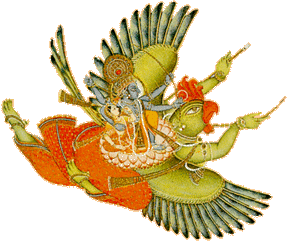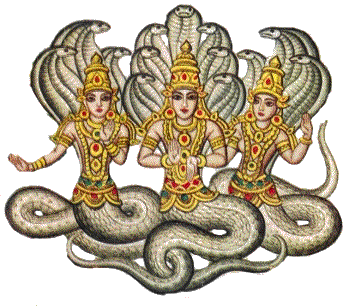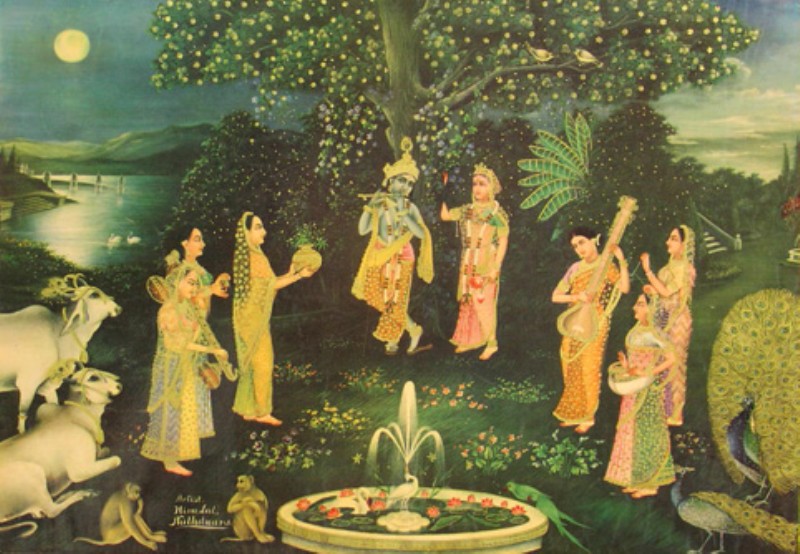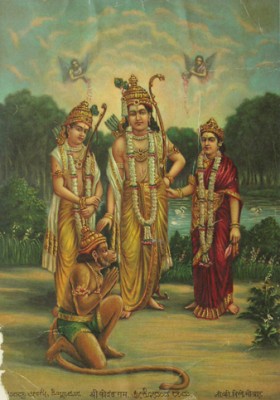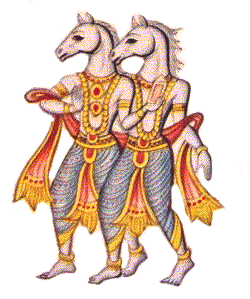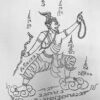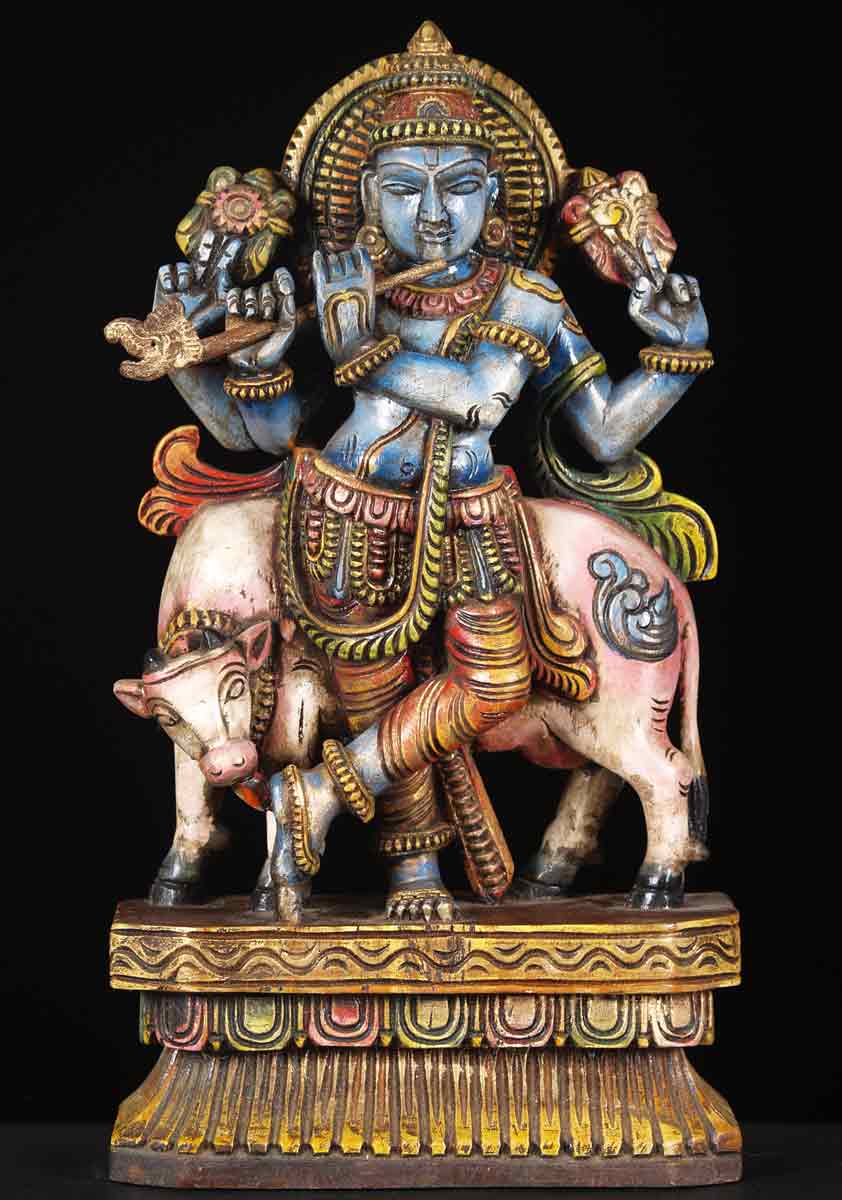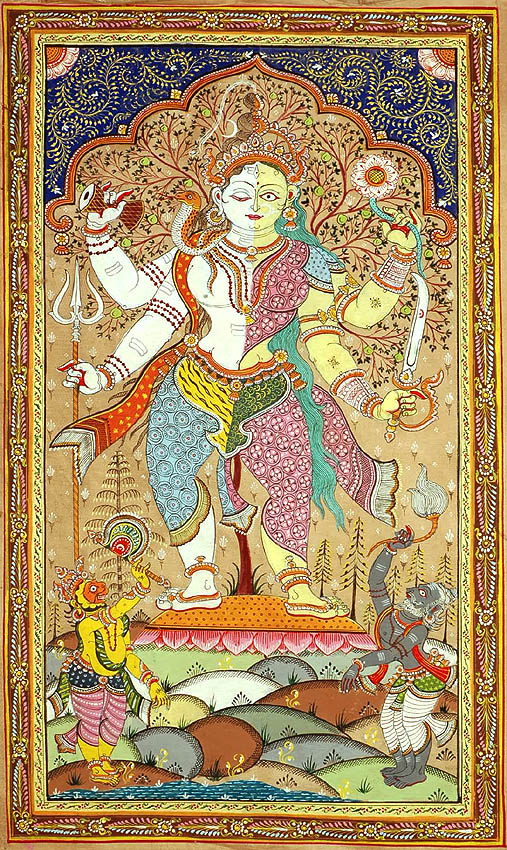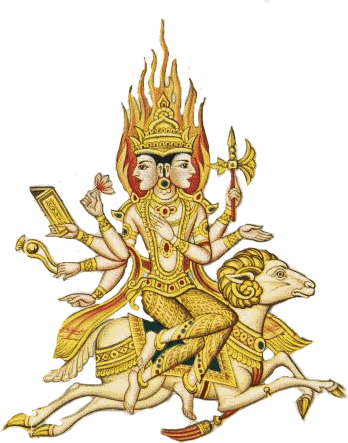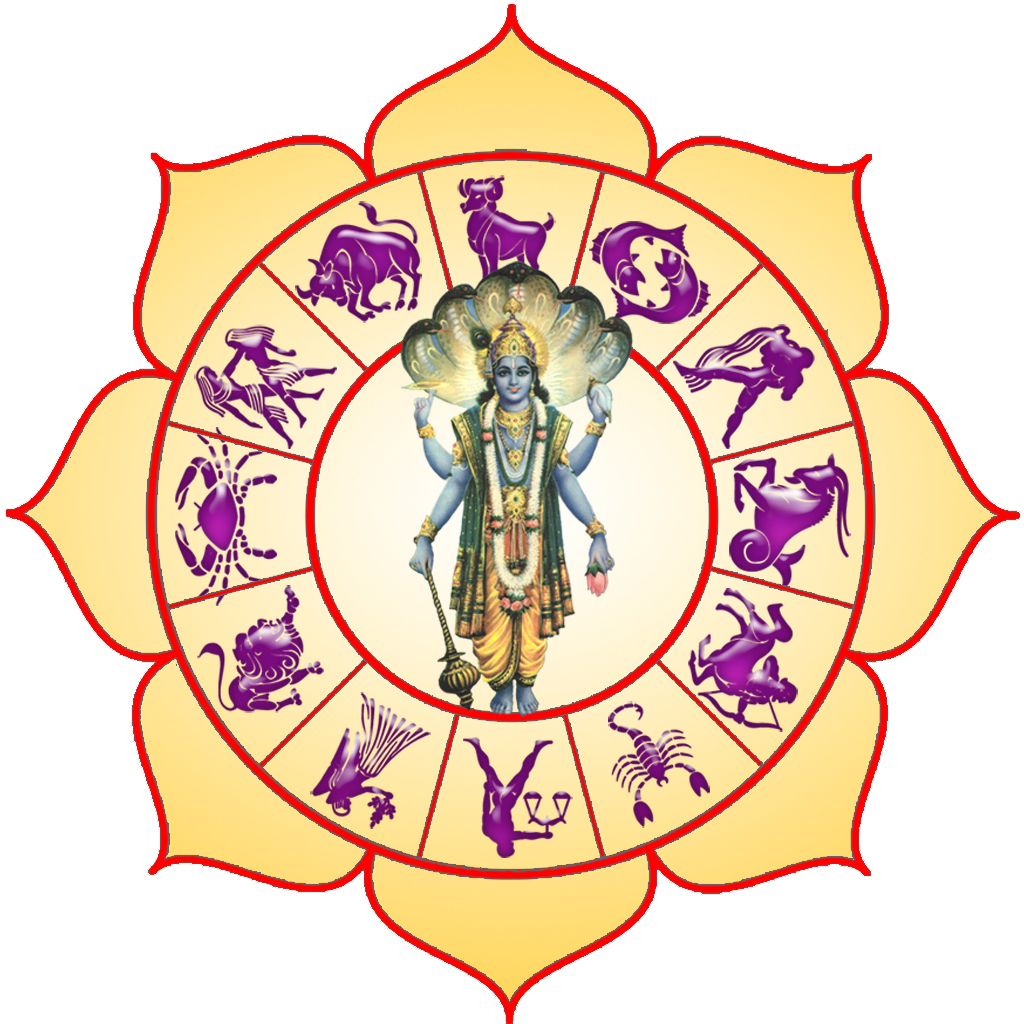UpaGraha
Upagraha is derived from graha with ‘upa’ implying inferiority as in a child, considered a minor planet and child of one of the seven planets. Kāla and other upagraha are but the seven children of the graha having similar genetic traits but in a more extreme manner.
It is said that one of these upagraha afflicting the Sun can ruin one’s dynasty (lineage, family) while Lagna afflicted by an upagraha blocks understanding and intelligence. We have found this to be true with the dispositor of the upagraha rather than the upagraha themselves, particularly nakṣatra dispositor.
Upagraha
Upagraha Slides
